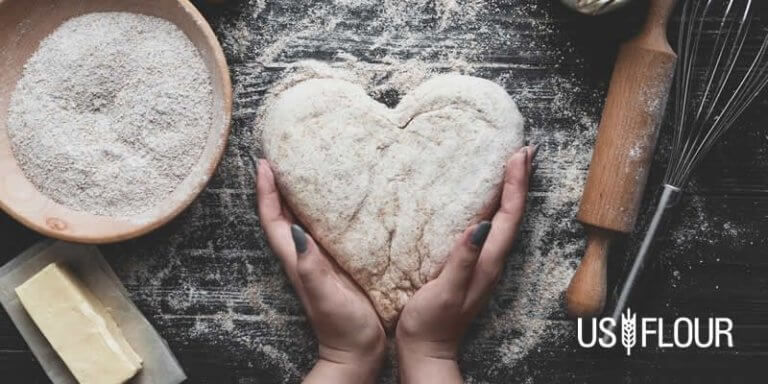Baking & Cooking with Brown Rice Flour

Do you know that brown rice flour is prepared from brown rice? Yes, it is. Hence, brown rice flour can be durum-free. However, you must examine the wrapping to verify. Ideally, ground rice produces rice flour. It is a good short-term for wheat flour in the process.
Use a 3/4 to one percentage when replacing rice flour for wheat flour. Increase 2 tsp. of xanthan gum for each cup of rice flour used for the cooking process that needs gluten, like bread or cakes. Brown rice flour can be replaced by common wheat flours in few arrangements, particularly paste thickeners such as roux. It has a stronger, crunchier taste than typical wheat flours. Brown rice flour acts otherwise from common wheat flour, once baked.
When determining how much brown rice flour to use, you must be certain that brown rice flour works finest. These include dough, muffins, and cookies. If you are just seeking to add nourishing substance to your baked products, you can select to replace 1/4 of the common wheat flour necessary in the procedure with brown rice flour. This will make your baked goods a bit hard, yet also richer in fiber.
If you are striving to create gluten-free baked products, you have to replace all of the common wheat flour in your process with brown rice flour. Otherwise replacing a blend of gluten-free flour with typical wheat flour. Numerous processes recommend that a blend of gluten-free flour acts well than using brown rice flour by itself.
Determining the amount of brown rice flour to use based on which savors will act excellent for your method. Several flours may not be accurate for all procedures. To reimburse for the deficiency of gluten in brown rice flour, you must add ingredients that will help your baked products to adhere. Many chefs add an extra egg while others use apple paste or added oil.
If you are replacing brown rice flour, adding extra liquid is vital. Rice flour involves more wetness than common wheat flours thus, you may need to augment the amount of fluids in your process. If you observe that your bread or dough is dry or grainy, add 1/8 cup of water as required to your blend. Whereas waiting for it attains a smoother thickness.
If you are using an expanding substance, be directed that brown rice flour baked goods are apt to enlarge very fast. It is ideal to examine your dough often instead of depending on the period your procedure tells it will take for your bread to expand. Do not allow your brown rice flour dough to expand extensively or it will crumble once baked.
Chill your dough or bun for half an hour before cooking. This will develop its consistency. Brown rice flour goods must be cooked at a lower heat than common products. Lower your oven temperature to 25 degrees below what your procedure suggests. Heat your baked product until a toothpick implanted into its midpoint emerges clean.
In baking, brown rice flour is a perfect additional flour. It has extra zest, more fiber, and is gluten-free for the accumulative population. Usually, with gluten-free baking, you get the finest outcomes once you mix some flours. We usually use brown rice, chickpea and water chestnut flours, with tapioca starch to aid binding. If you are anxious with moisture, it may have more to do with other additives in your procedure, not the flour.
 Power to The Bakers.
Power to The Bakers.